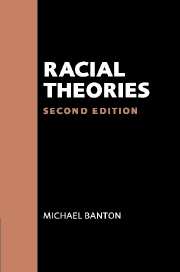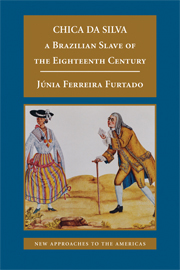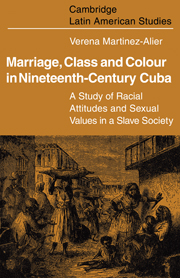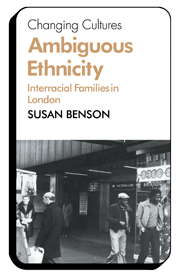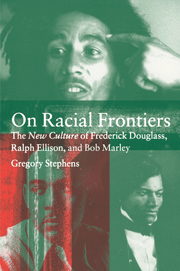Racial Theories (2nd Edition)Posted in Books, Media Archive, Monographs, Social Science on 2012-07-25 01:52Z by Steven |
Cambridge University Press
April 1998
264 pages
Dimensions: 228 x 152 mm
Paperback ISBN:9780521629454
Michael Banton, Emeritus Professor of Sociology
University of Bristol
This thoroughly revised and updated edition of Michael Banton’s classic book reviews historical theories of racial and ethnic relations and contemporary struggles to supersede them. It shows how eighteenth- and nineteenth-century concepts of race attempted to explain human difference in terms of race as a permanent type and how these were followed by social scientific conceptions of race as a form of status. In a new concluding chapter, “Race as Social Construct,” Michael Banton makes the case for a historically sensitive social scientific understanding of racial and ethnic groupings that operates within a more general theory of collective action and is, therefore, able to replace racial explanations as effectively as they have been replaced in biological science. This book is essential reading for anyone wanting to understand contemporary debates about racial and ethnic conflict. This new edition is thoroughly updated and contains a new chapter on developments in recent years.
Features
- Reviews history of racial theories and place of race in history of science
- Proposes new social science of racial and ethnic relations
- Distinguishes racial and ethnic explanations and puts contemporary ideas in historical perspective
Table of Contents
- Race as designation
- Race as lineage
- Race as type
- Race as subspecies
- Race as status
- Race as class
- Race as social construct
